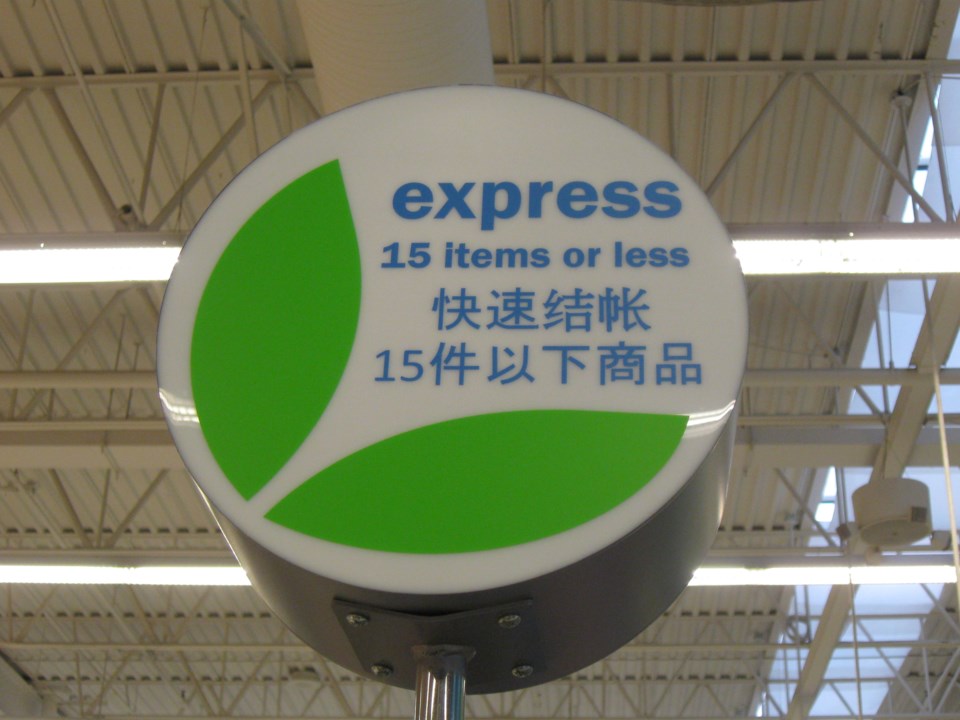When I went to elementary school, decades ago, I loved numbers. Many, if not most, of my generation grew up believing that numbers are clear, precise and specific. As youngsters, armed with pencil and paper, we learned arithmetic (from the ancient Greek arithmos, number, amount) and put numbers through their basic paces. We made them add, subtract, multiply and divide. As teenagers, still armed with paper and a writing tool, we learned about algebra (from the Arabic al-jabr, reunion of broken parts), and though calculations became increasingly challenging, they remained clear (as long as we grasped what was going on).
While numbers are unambiguous, the role they’re sometimes made to play can misrepresent reality — one example is when numbers are used to determine an average. The word average originated in medieval maritime trade. Based on the Italian avaria (damage to cargo or vessel), it entered English in the late 15th century and referred to the cost of the damage. By the mid-18th century, average was understood in the sense it has today, “a number that is calculated by adding quantities together and then dividing the total by the number of quantities” (Britannica Dictionary). We encounter averages frequently when we look at weather forecasts. They skew the true picture. For instance, the graph on The Weather Network shows the local historical average for the first two weeks in February as 8 degrees Centigrade for the high and 1 degree for the low — but the actual temperatures rarely align with the average. Wouldn’t it make more sense to say that the local temperatures for this period in the last so-and-so many years range between — followed by the recorded highs and lows?
It’s not only with temperatures that the average deviates from reality. When I send emails, my provider tells me it has calculated the average number of messages that I’ve sent to various recipients per week – 7.4, 6.5, 8.9, 12.3, etc. And is that nonsensical information supposed to enlighten me? Calculating an average is easy, and it can be a useful tool in some instances, but now there’s a tendency to apply it indiscriminately to produce just another bit of irrelevant data.
Numbers often figure in our ordinary conversation or daily routine when we’re dealing with a quantity, and we can replace the numbers with words such as many, several, or few. But at least 15 years ago, if not earlier, someone unleashed the word multiple, and it proceeded to push the handy words several and many out of the way. However, multiple is not a synonym for several and many. Multiple is a term used in arithmetic, referring to a number that can be divided by another number without a remainder. By now, I hear multiple repeated several times a day on the radio news — I’m told that multiple people were killed, someone was shot multiple times, multiple cars crashed on the road, etc. Is it a word favoured by the police, who like to express themselves in extraordinary language? To the police, a dead man is a deceased male; a gun is a service revolver; and if several people were arrested, the police tell us that multiple suspects were apprehended.
Sometime before 1993, express aisles appeared in North American supermarkets. They were for the benefit of shoppers with only a few items, who could find themselves stuck in a line of shoppers with full shopping carts. The express aisles were identified by signs indicating the maximum number of items allowed. At our local PriceSmart, the signs specify “15 items or less.” Ever since such signs were installed, objections have been voiced over the use of less as a determiner. The correct word is fewer — 15 items or fewer. You’ll find many explanations for why less is incorrect and fewer is correct, but the most succinct one I’ve come across is in Fowler’s Modern English Usage — plurals don’t take less.
If we don’t start minding our words, then it’s likely that chatbots will use the word less multiple times on average before we stand a chance of checking out fewer than 15 items in the PriceSmart express lane.
Sabine Eiche is a local writer and art historian with a PhD from Princeton University. She is passionately involved in preserving the environment and protecting nature. Her columns deal with a broad range of topics and often include the history (etymology) of words in order to shed extra light on the subject.



